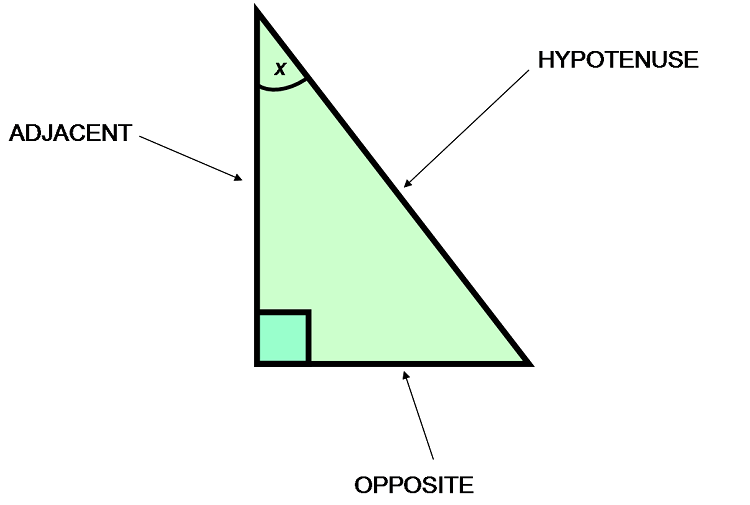What Is Trigonometry?
Trigonometry is concerned with the relationship between the angles and side lengths of a triangle. The term trigonometry is made up of two words namely trigonon means “triangle” or metria (means measure). The applications of trigonometric functions are widely observed in both Euclidean and analytic geometry. Also, trigonometry is immensely used by engineers, sea captains for navigation, and many more.
Trigonometry was first used by the Greeks. The first person to construct a table for values of a trigonometric function is Hipparchus.
What Is Trigonometric Function?
The trigonometric functions, also known as circular functions in Mathematics, describe the relationship between the three sides and three angles of a right-angled triangle. There are a total of six trigonometric functions namely Sine, Cosine, Tangent, Cosecant, Secant, and Tangent. In a right-angled triangle, these six trigonometry functions determine the measurement of unknown angle when the measurement of any two sides are known.
Let us briefly learn the meaning of six different types of trigonometry functions.
Sine Function:
The sine function in a right-angle triangle is the ratio of the opposite side to the hypotenuse.
Sine Function Formula:
Cosine Function:
The cosine function in a right-angle triangle is the ratio of the adjacent side to the hypotenuse.
Cosine Function Formula:
Tangent Function: The tangent function in a right-angle triangle is the ratio of the opposite side to the adjacent side.
Tangent Function Formula:
Cosec Function: The cosec function in a right-angle triangle is the ratio of the hypotenuse side to the opposite side.
Cosec Function Formula:
Secant Function: The secant function in a right-angle triangle is the ratio of the hypotenuse side to the adjacent side.
Secant Function Formula:
Cotangent Function: The Cotangent function in a right-angle triangle is the ratio of the adjacent side to the opposite side.
Cotangent Function Formula:
Unit Circle
The unit circle is defined as a circle with a radius of one unit that is pivoted on the origin of the coordinate plane. The concept of the unit circle is primarily related to the concept of trigonometry. The trigonometry functions are described in terms of the unit circle. In defining the trigonometry function in terms of unit circle, the domain of the trigonometry function is always given by real numbers.
What Is Known As Unit Circle?
A circle formed with a radius of 1 unit is termed a unit circle. The intersection of the vertical and horizontal axis on a unit circle is known as the origin and represented as (0,0). The angles in the unit circle are measured either using degrees or radians. The degrees are represented using the symbol ( whereas radians are written in terms of . You can learn about this topic in an interesting way at cuemath.
Unit Circle Equation Using Pythagorean Theorem
According to the Pythagorean theorem, the square of the longest side of a right-angled triangle is equal to the sum of the square of the other two sides of a triangle.
Given a right-angled triangle with base length ‘a’, perpendicular ‘a”, and hypotenuse side equals to 1, we get the equation as a² + b ² = 1²
As 1² is equal to 1, therefore the equation is written as a² + b ² = 1.
Therefore, the equation of a unit circle is given as a² + b ² = 1.
Unit Circle In Trigonometry
In trigonometry, the unit circle is used to define the relationship between trigonometry functions such as sine, cosine, and tangent. These relationships define how angles and sides of a right-angled triangle are related to each other. For example, a given right-angled triangle with a 30-degree angle, and a hypotenuse side of 5 cm, we can use the right-angled triangle relation to determine the length of the remaining two sides.
